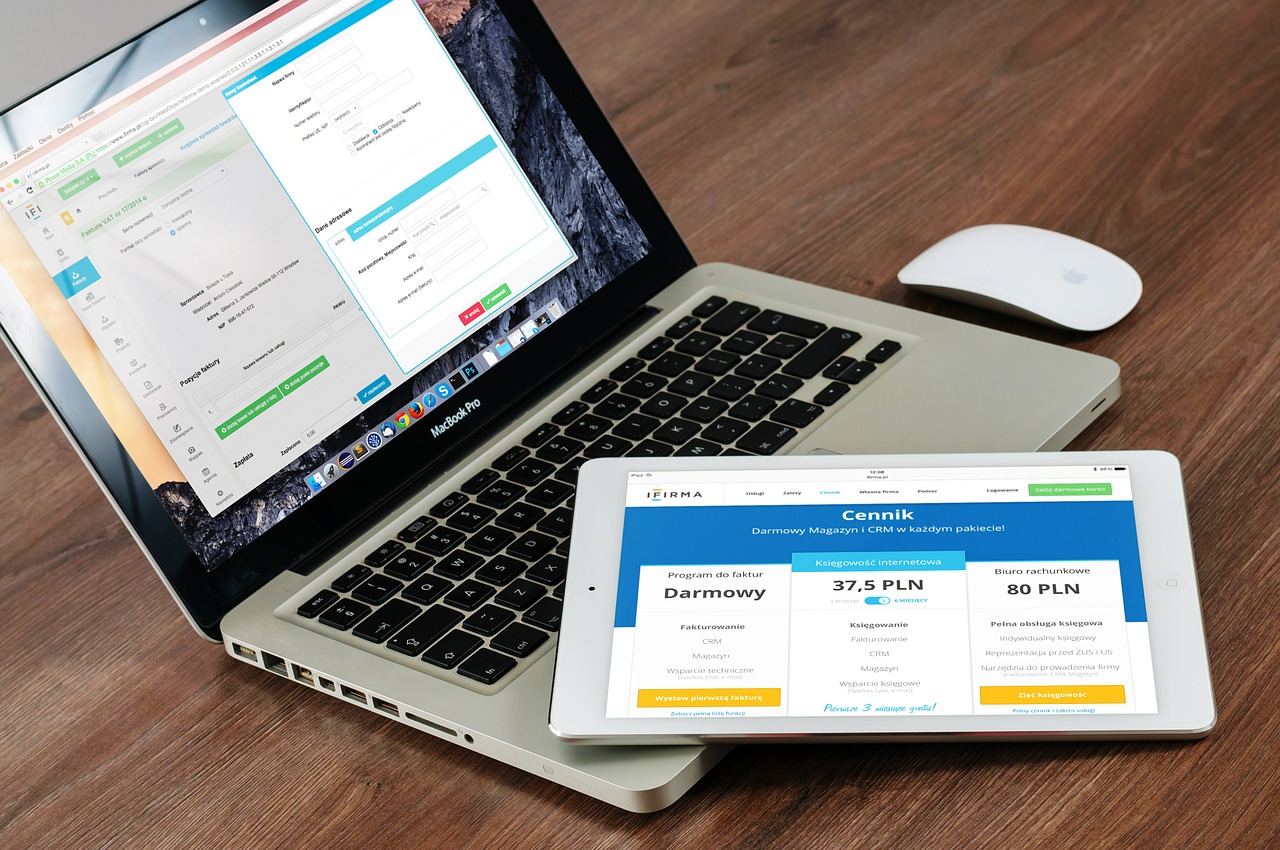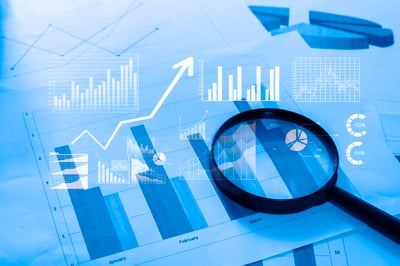May 21, 2019
 by Joseph Harisson / May 21, 2019
by Joseph Harisson / May 21, 2019

Think “pizza,” and the mind gravitates to cheese: the flavorful ingredient which sets the tone, texture, and taste, making pizza a mouth-watering attraction. In a similar vein, creative and innovative advertising is the “cheese” that adds visual appeal and allure to digital marketing initiatives.
Traditional advertising models relied heavily on human intervention for processing requests, formulating proposals, designing tenders, assessing quotes, and negotiating favorable rates. Like all manually driven work, this system was prone to errors and human failings.
A paradigm shift occurred when businesses moved away from manual advertising to automated advertising.
The revolutionary impact of automation on online advertising is apparent in a mind-blowing statistic - U.S. Display Ad Spending is on course to break the glass ceiling of $50 billion by the end of 2019, and two-thirds of the ad spend is going to be programmatic.
Programmatic advertising is a way of buying online advertising real estate using machine learning algorithms, and artificial intelligence-powered (AI) data optimization techniques.
Automated decision-making substitutes human negotiation. Instead of a human initiating the process of buying ad space, the software decides when, where, and how advertisements appear. Essentially, the software acts as a media buyer.

Source: Pixabay
Machine learning algorithms crunch big data to decide which internet-based advertisements to buy and where to place them at an optimized cost. These decisions use a process called real-time bidding (RTB) to push ad campaigns through multiple platforms such as websites, mobile devices, and desktops.
According to display ad wizards at War Room Inc, programmatic technology is a game changer because it maximizes ROI, reduces expenses, lowers costs-per-clicks, and reaches targeted niches regardless of the platform the audience uses for browsing.
Intelligent automation through the programmatic route is intended to optimize the ad buying process and maximize returns. To the stressed marketer, automation injects a fresh lease of life because experienced human intervention becomes free to focus on creative and innovative campaign strategies that keep the business competitive.
The spray and pray advertising campaigns of the past were expensive and ill-equipped to reach niche audiences. Today, we have an algorithm that streamlines ad spend, saving marketers the tedium of placing ads at competitive rates, and the ad reaches the targeted audience.
via GIPHY
After gaining valuable marketing insights from the data that AI has gathered, the marketer feeds the outline of the campaign strategy to the algorithm and defines the parameters that measure campaign performance.
Programmatic takes over and kickstarts the campaign, ensuring that your ad spend stays within the budget. And, you’ll be getting regular updates on campaign progress and suggestions to optimize ad spend.
As you can see, programmatic advertising and individual initiative are not mutually exclusive; they complement each other to drive successful branding.
If you feel overwhelmed by what the programmatic advertising method signifies, rest assured. We give you the low down on the process and how it galvanizes your marketing strategy.
 Source: Pixabay
Source: Pixabay
Let’s explain the difference between the two concepts.
Advertisers, media houses, and agencies are continually “demanding” advertising space to showcase content, and the demand-side platform is the technology platform that addresses this demand.
A single platform aggregates the publisher-wise inventory of available ad space. Each ad space will be targeting individual users and their behavioral traits, demography, location, and past online activity. So a DSP such as the one offered by Active Revenue gives you a combination of inventory and audience targeting so you can decide which impression suits your advertising strategy.
| Related: DSPs exist to make the ad buying process much simpler. If you're looking to take a deeper dive on the subject, learn the components that make up the anatomy of a demand-side platform. |
Publishers or the owners of websites are continually “supplying” ad space or inventory through SSPs. So an SSP is a technology platform that supplies ad inventory to target advertisers on the lookout for digitally automated ad buying.
If both DSPs and SSPs appear confusingly similar, remember that the DSP is used by advertisers to buy ads at optimized costs. The SSP is the publisher’s tool to display and sell ad inventory to achieve the highest cost per 1,000 advertising impressions (CPM).
Programmatic advertising has so much to offer your business. Here are five diverse benefits you could see from utilizing this strategy well.
The cost that you’re aiming to optimize is the CPM, the cost per 1,000 ad impressions. The higher the quality of the ad inventory and the higher its efficiency in targeting your niche audience, the steeper the CPM.
Compare the cost of human-negotiated ad buying (over $10 CPM) to that of the programmatic solution (hovering around $2 CPM) and you instantly gain an idea how the businesses adopting the programmatic path stretch their ad budget multiple times.
The ease, pinpoint accuracy, and cost-effectiveness of programmatic ad buying obviates the need for human intervention in the tedious process of bidding and purchasing ad space.
With automation streamlining the bidding process, marketers can dedicate their energy and resources to other high-priority tasks such as campaign innovation and audience targeting.
We are not arguing that programmatic campaigns can be left to work in isolation to deliver results. The machine learning algorithms provide a stream of real-time feedback on how audiences react and respond to your advertising - information that can be effectively leveraged to improve any ad campaign.
The internet is rife with fraudulent manipulation of advertising impressions, click-throughs, and faked conversion events aimed at generating revenue, also known as ad fraud.
Programmatic uses advanced machine learning algorithms to identify and isolate invalid traffic-based online user behavior. Over time, the technology learns to ignore lower quality leads. Marketers get the breathing space to steer campaigns towards convertible leads, ultimately increasing ROI.
If you revert to our description of DSPs and SSPs, you’ll appreciate that the data gleaned from user cookies gives a fair idea of customer behavior.
When you learn more about the niche audience, you’re better equipped to respond with advertisements that effectively address user needs.
TIP: Not sure where to start with those audience insights?  |
Automation, emerging as a key trend in marketing circles, enables the personalization of communication with prospective clients.
With Google emphasizing user-friendliness as a critical ranking factor, programmatic gives you the ammunition to engage and retain your target audience, encouraging users to linger on and buy your product.
With all the hype surrounding branding initiatives, the focus used to veer away from ad placement.
Programmatic adds strategic depth to any campaign by focusing on above-the-fold (ATF) ad placements. As a result, you’ll be seeing more ads featuring in the space that attracts maximum views.

Source: Pixabay
The ad campaign that focuses on generating leads and maximizing conversions would gain dramatically from the increased brand visibility provided by programmatic.
Moreover, the continually learning machine algorithm with sharper insights regarding user behavior would be better placed to build and strengthen brand credibility in spaces where ad visibility is highest.
Users are always on the move and access the internet through mobile devices. Any digital marketing campaign worth its money has to factor mobile outreach. And, multiple platform accessibility is precisely what programmatic advertising delivers.
In 2018, machine learning algorithms were sourcing 8 out of every 10 U.S. Digital Ad Displays. In 2020, programmatic solutions will cruise in top gear, inspiring businesses to embrace the troika of ad automation, cost optimization, and user personalization. Adapt to the trend, you zoom ahead; resist the innovation, and you miss the bus.
Your media journey acquires a whole new meaning because programmatic creates a one-to-one conversation with your targeted audience.
Ready to learn more about advertising best practices? Discover the basics behind performance marketing in 2019.
Josh has 10 years of experience in the IT industry as a web developer and cloud computing expert. He frequently writes about IT and branding efforts. In his free time, you will often find him taking a walk or playing video games.
Since its launch in 2018, TikTok quickly became one of the hottest social media apps on the...
 by Lauren Pope
by Lauren Pope
Understanding your audience is a key factor in running successful marketing campaigns.
 by Alexa Drake
by Alexa Drake
This ultimate guide has everything you need to know about customer acquisition. In simple...
 by Tytus Golas
by Tytus Golas
Since its launch in 2018, TikTok quickly became one of the hottest social media apps on the...
 by Lauren Pope
by Lauren Pope
Understanding your audience is a key factor in running successful marketing campaigns.
 by Alexa Drake
by Alexa Drake


